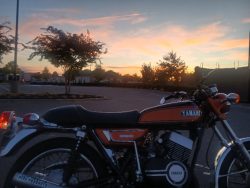- Welcome to 2 STROKE WORLD .net.
Looking for suspension tuning advice
Started by irk_miller, August 15, 2022, 05:46:19 PM
Previous topic - Next topic0 Members and 1 Guest are viewing this topic.
User actions
 </a>
</a>
Modified 72 R5 at sunrise
Started by irk_miller, August 15, 2022, 05:46:19 PM
Previous topic - Next topic0 Members and 1 Guest are viewing this topic.
Page created in 0.166 seconds with 14 queries.